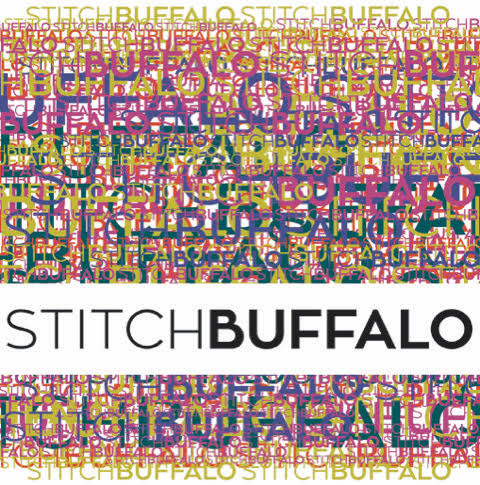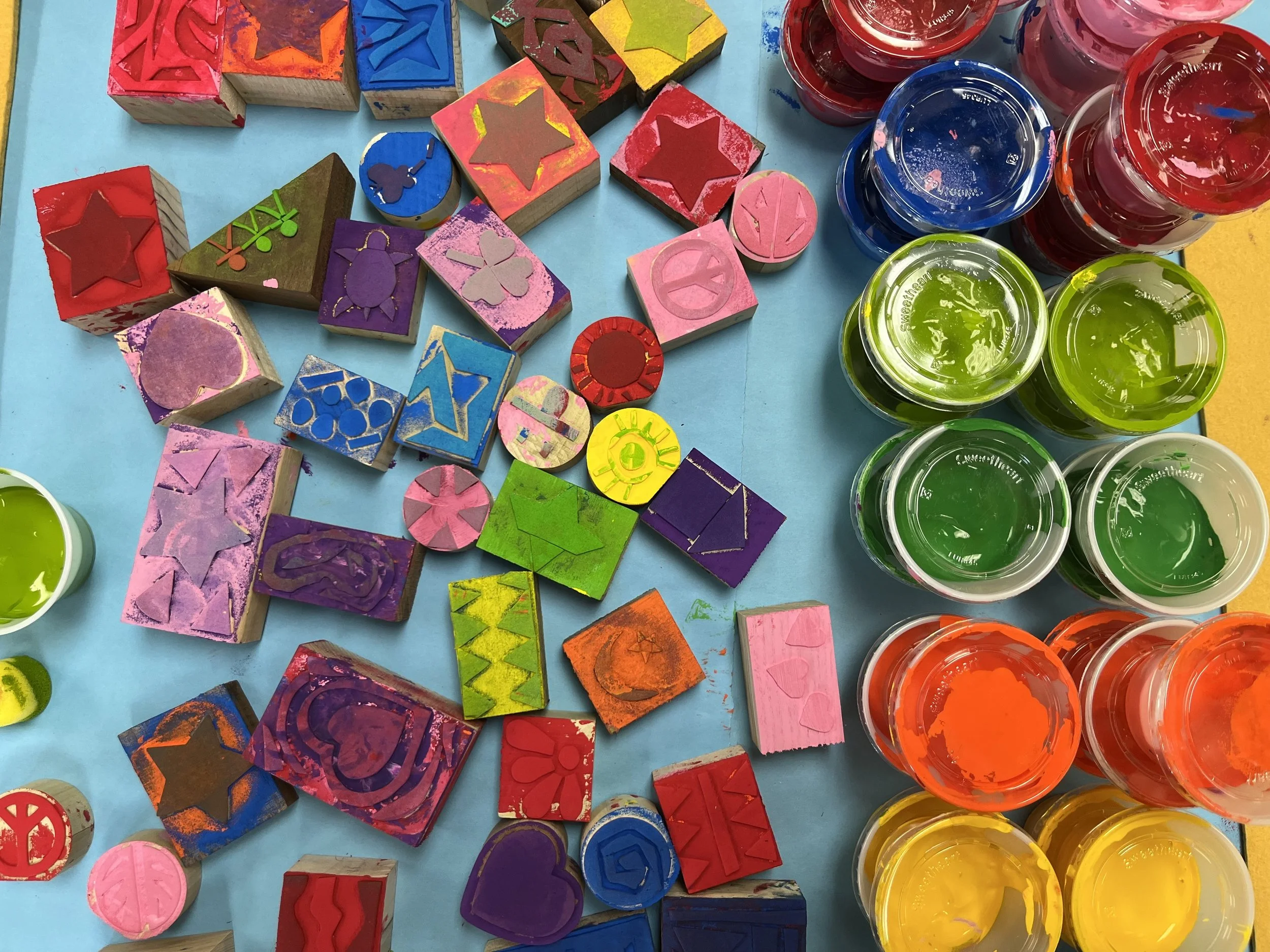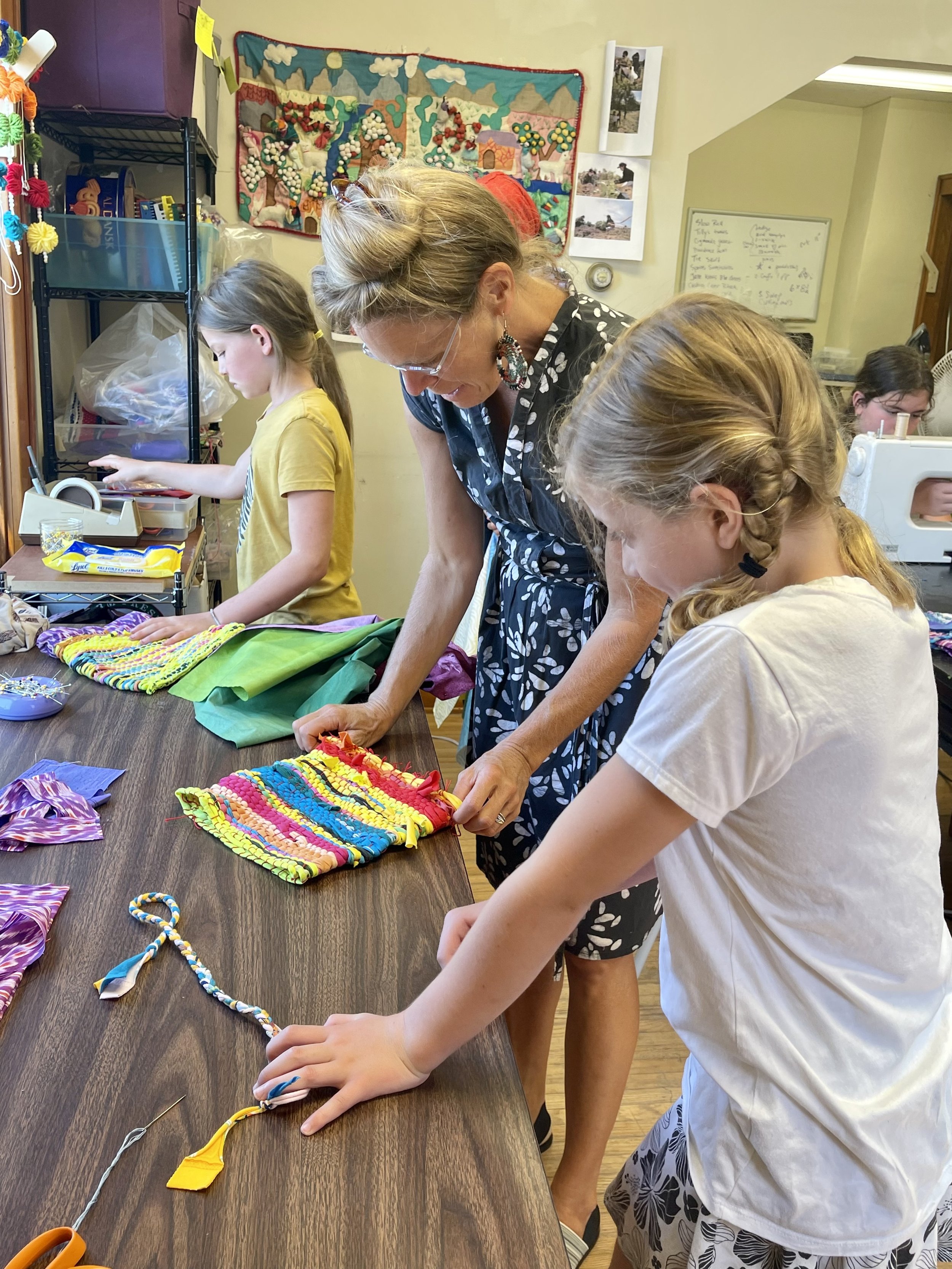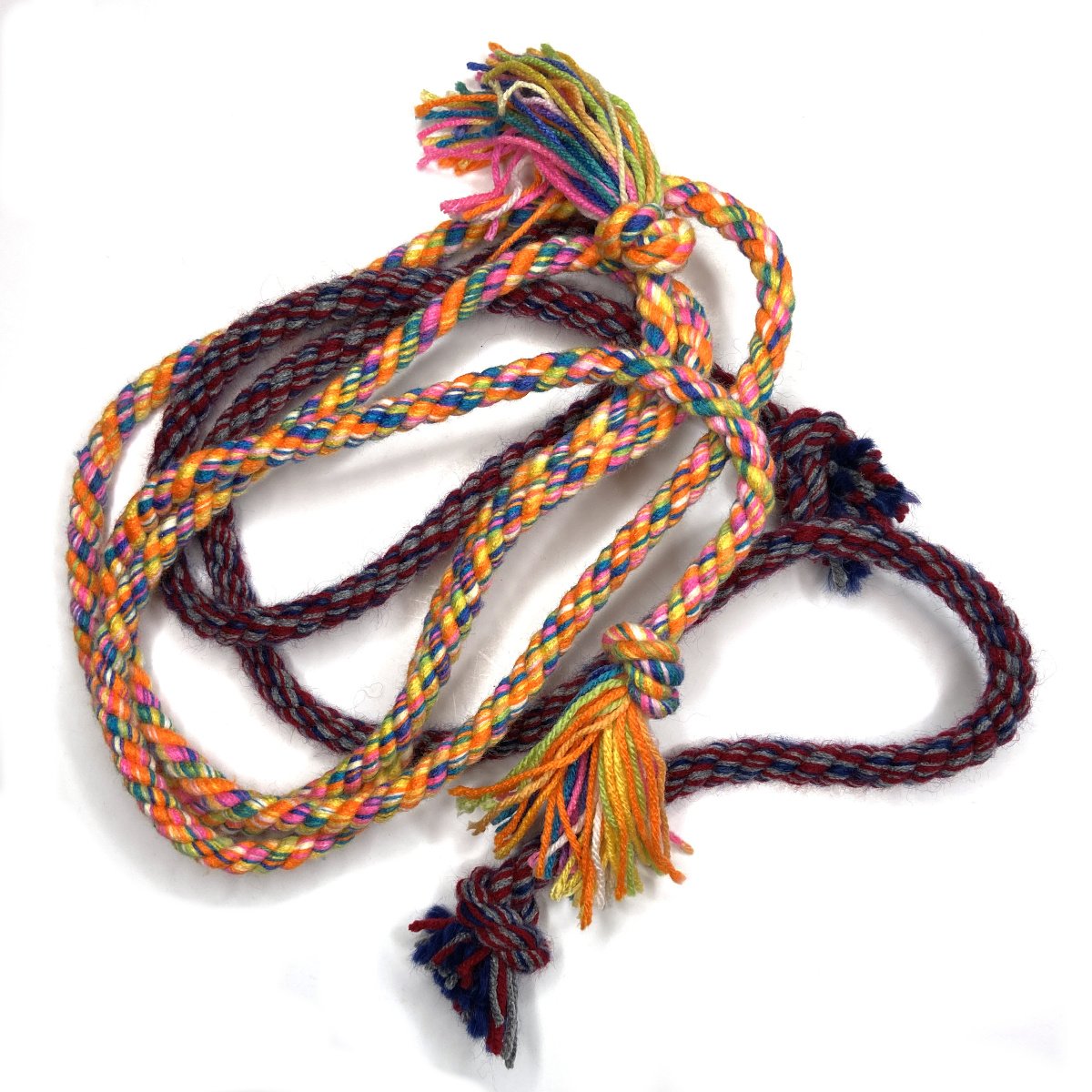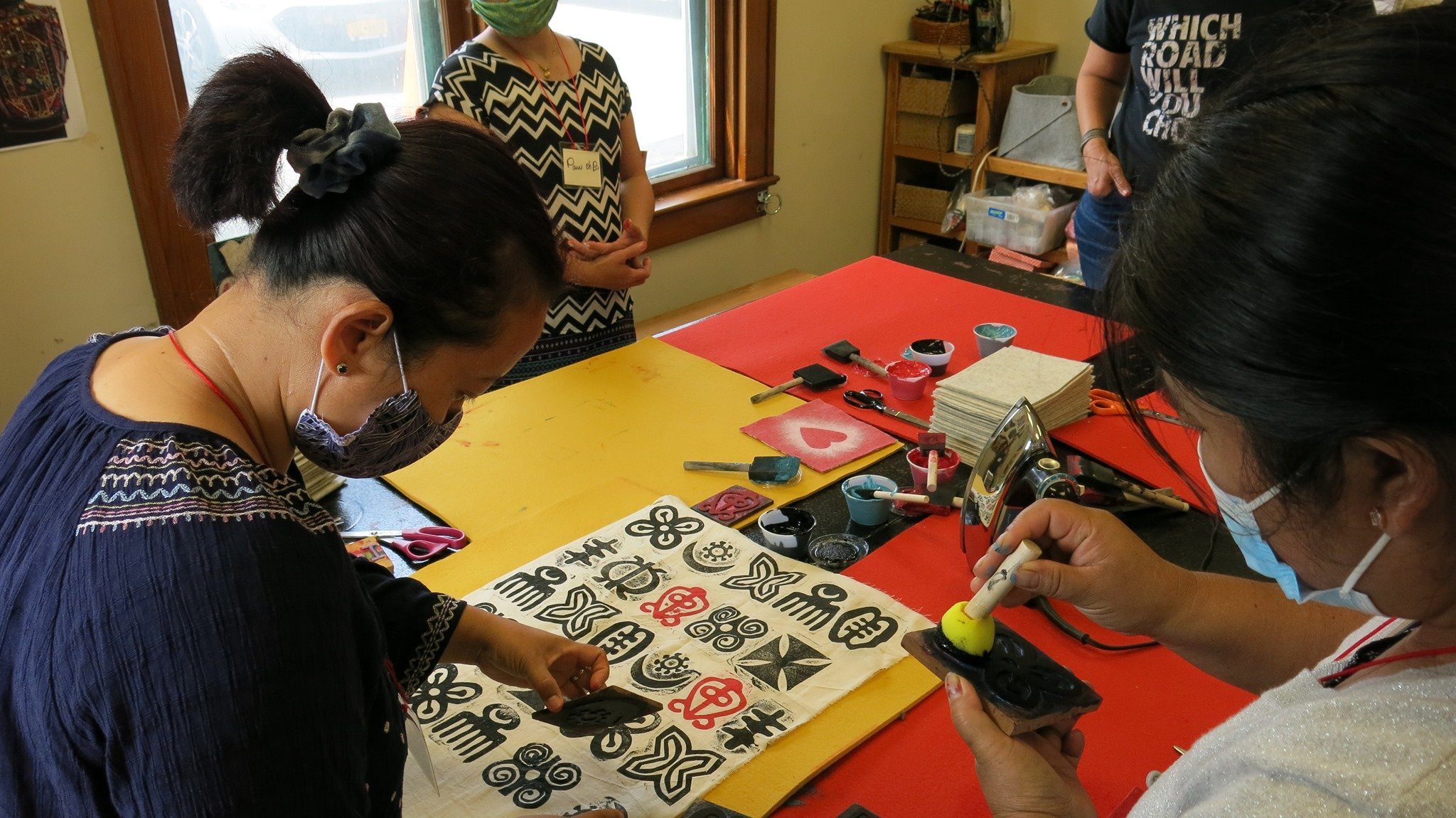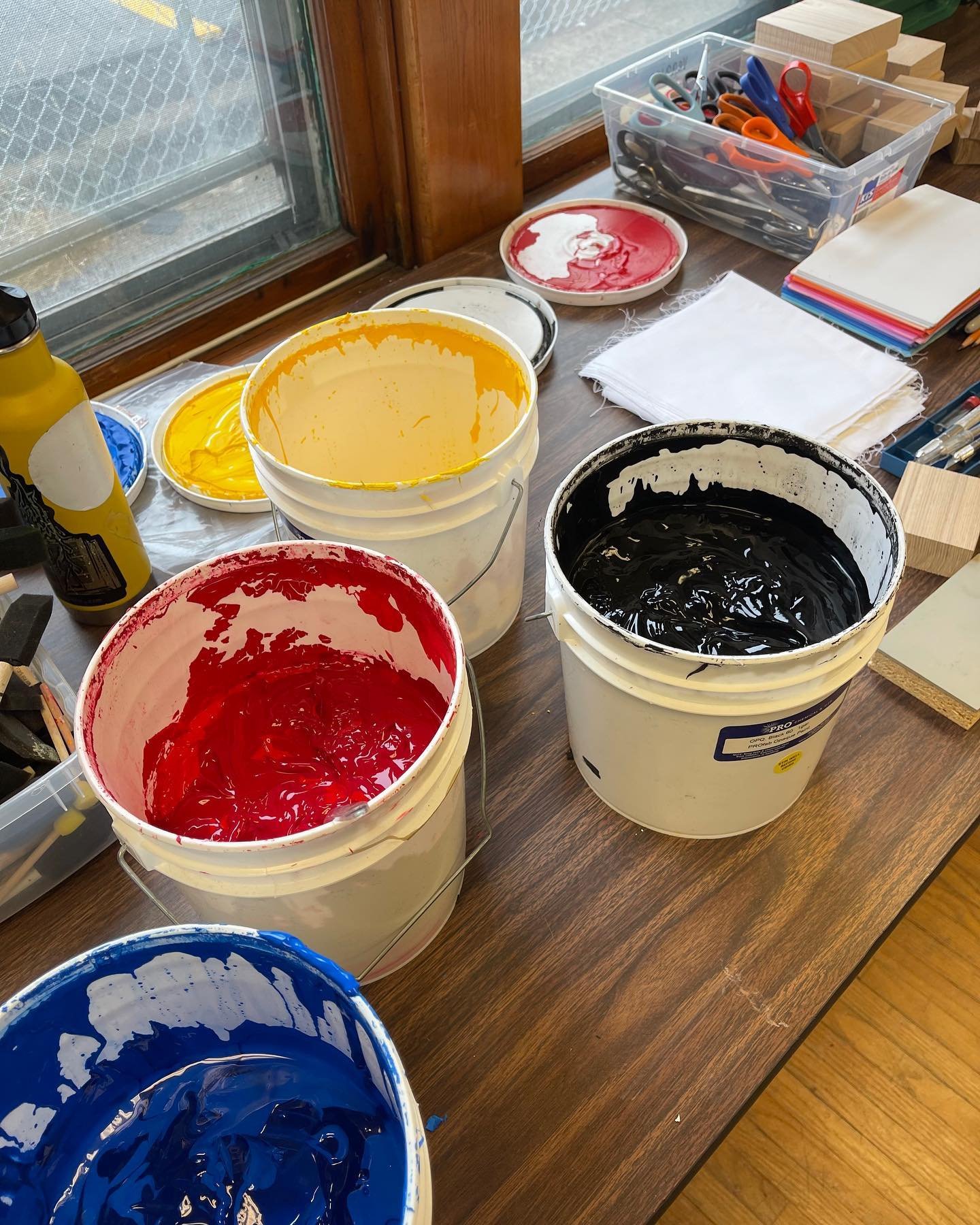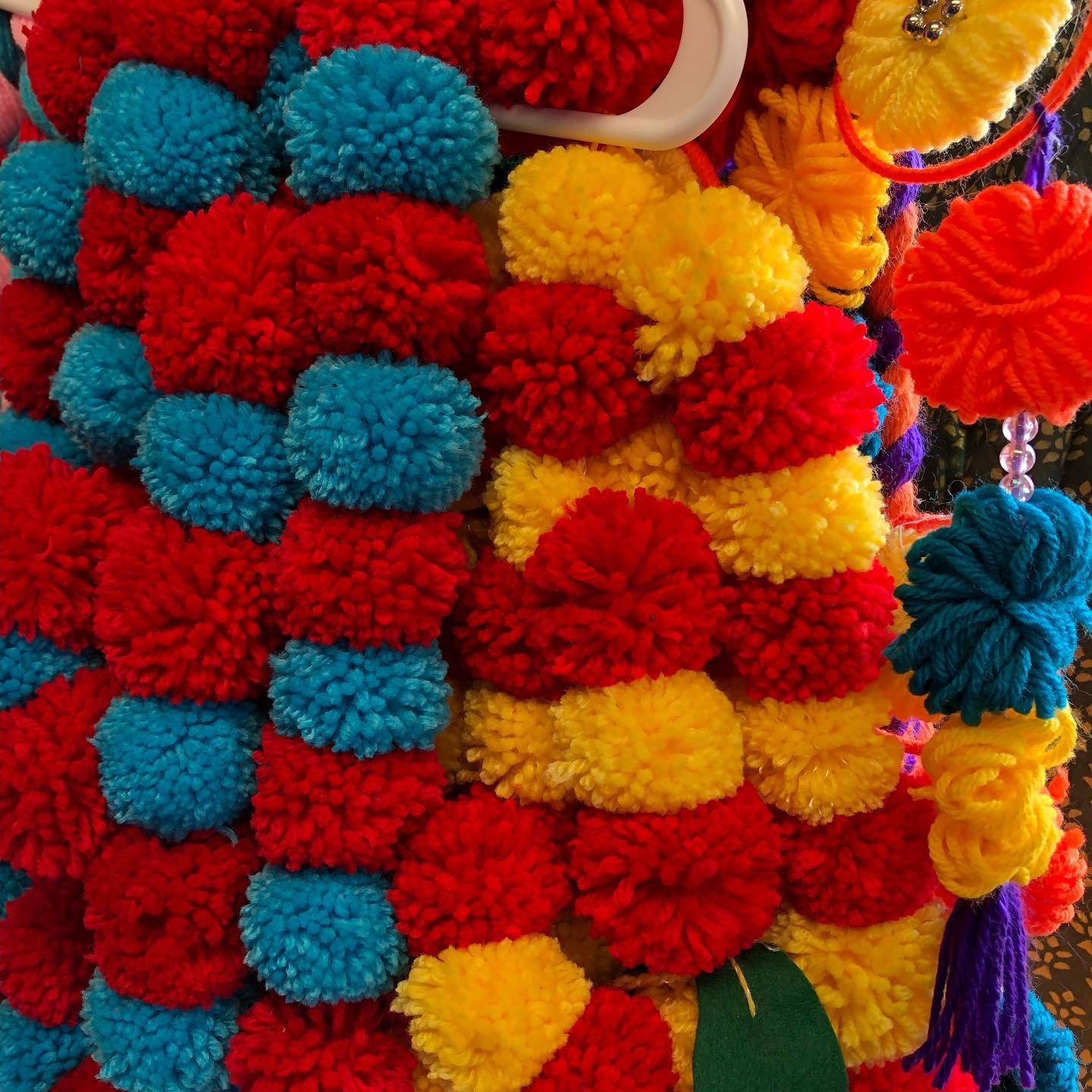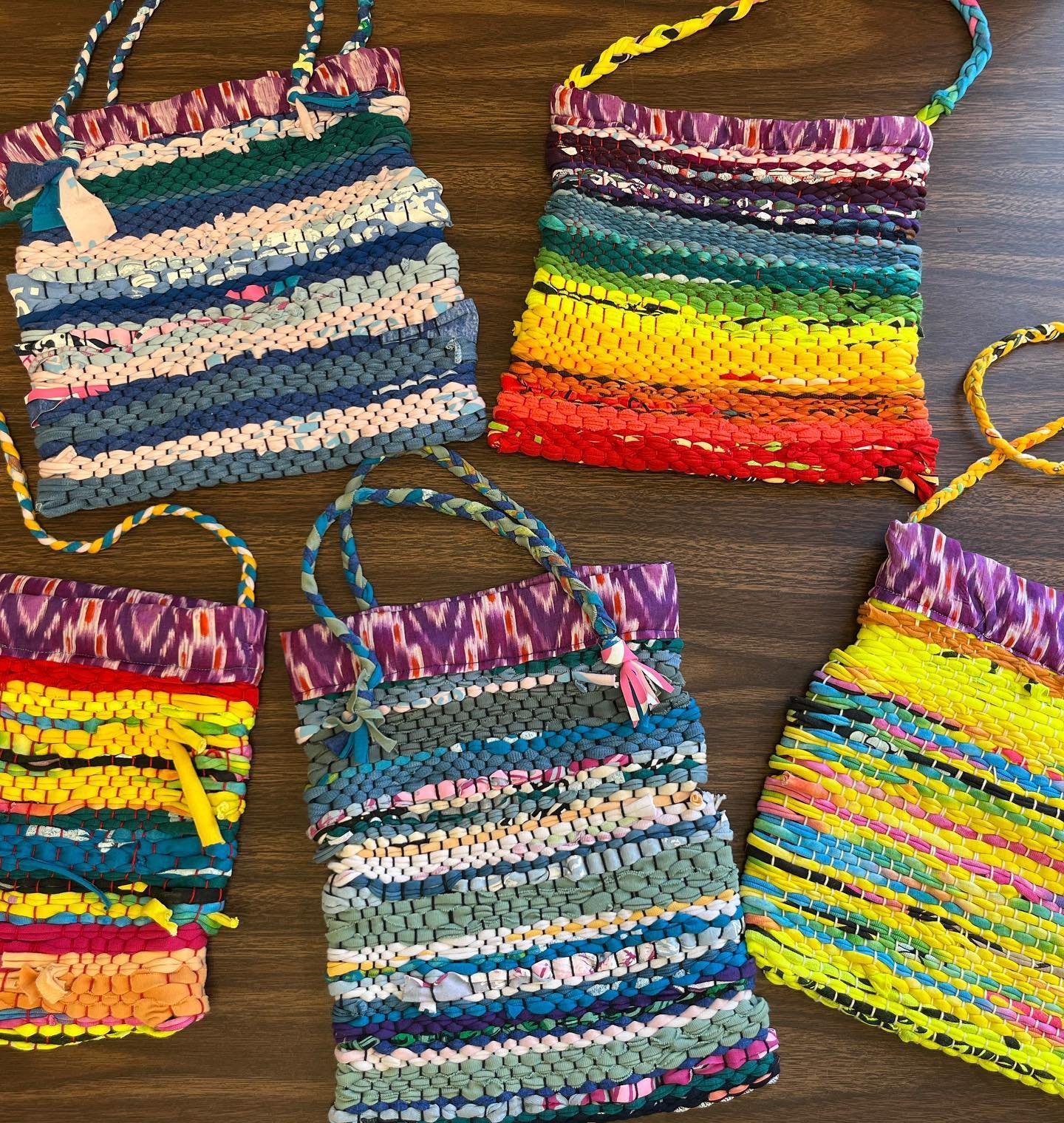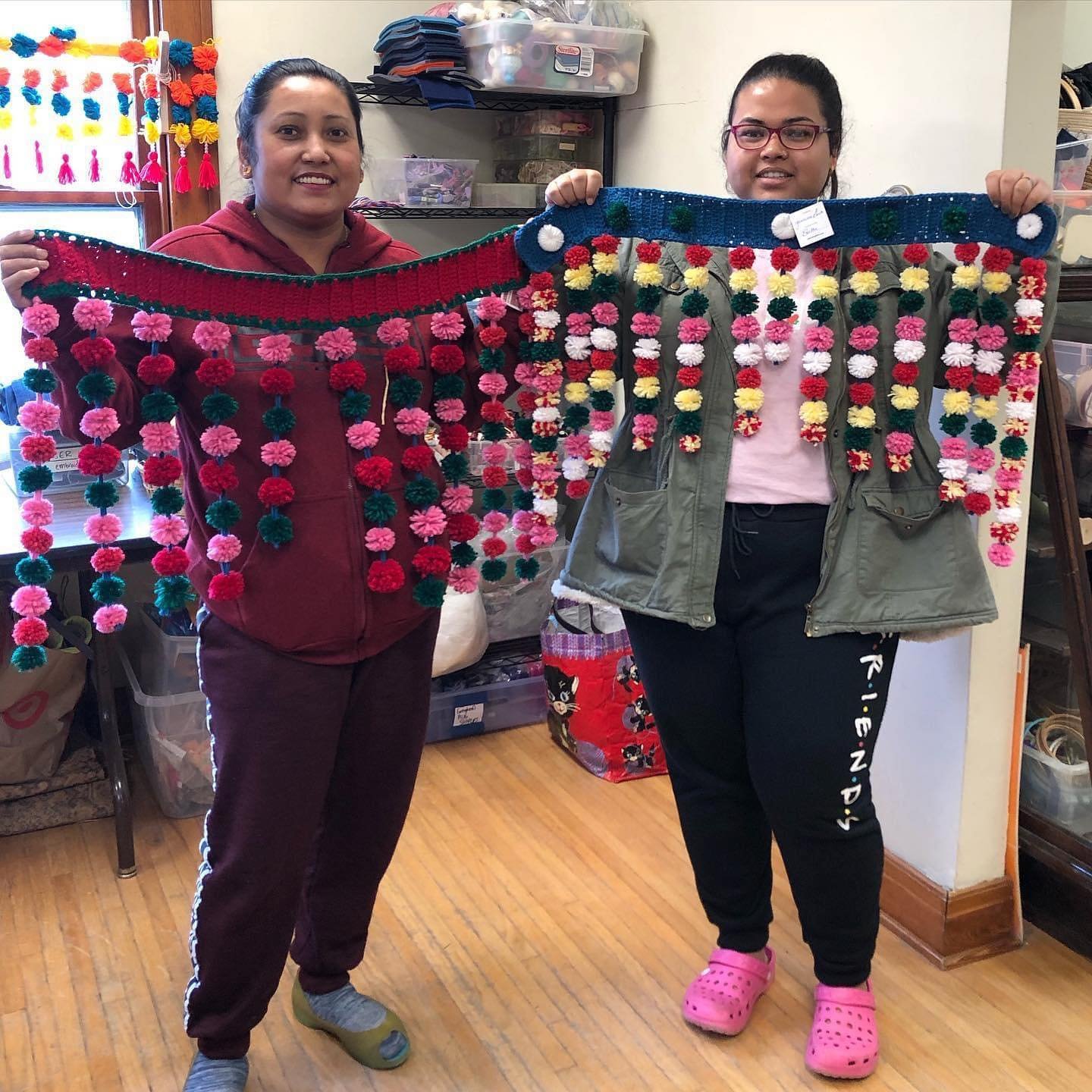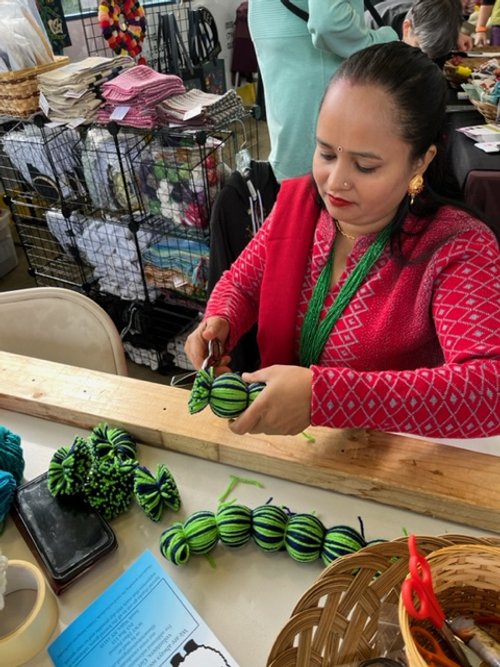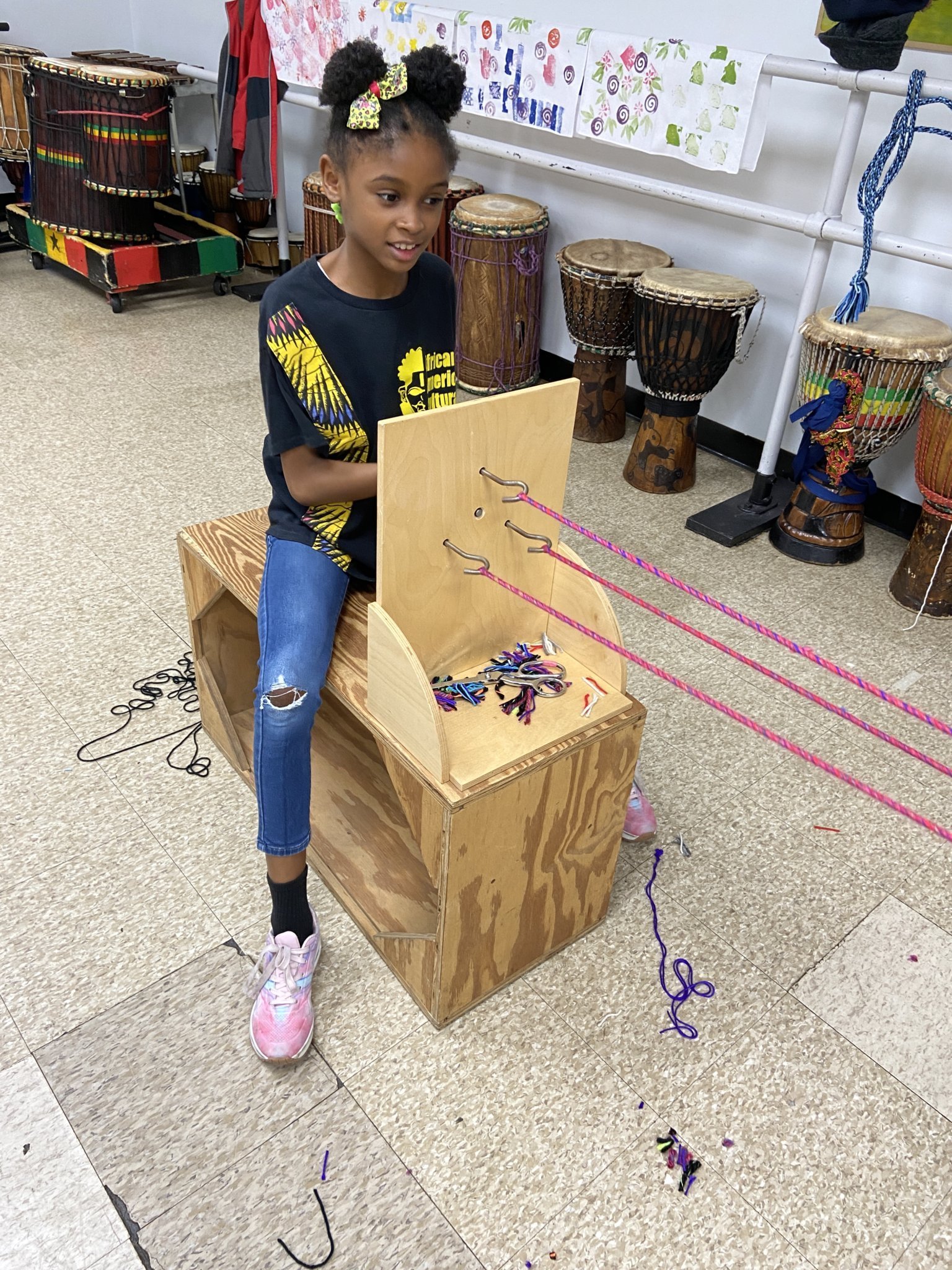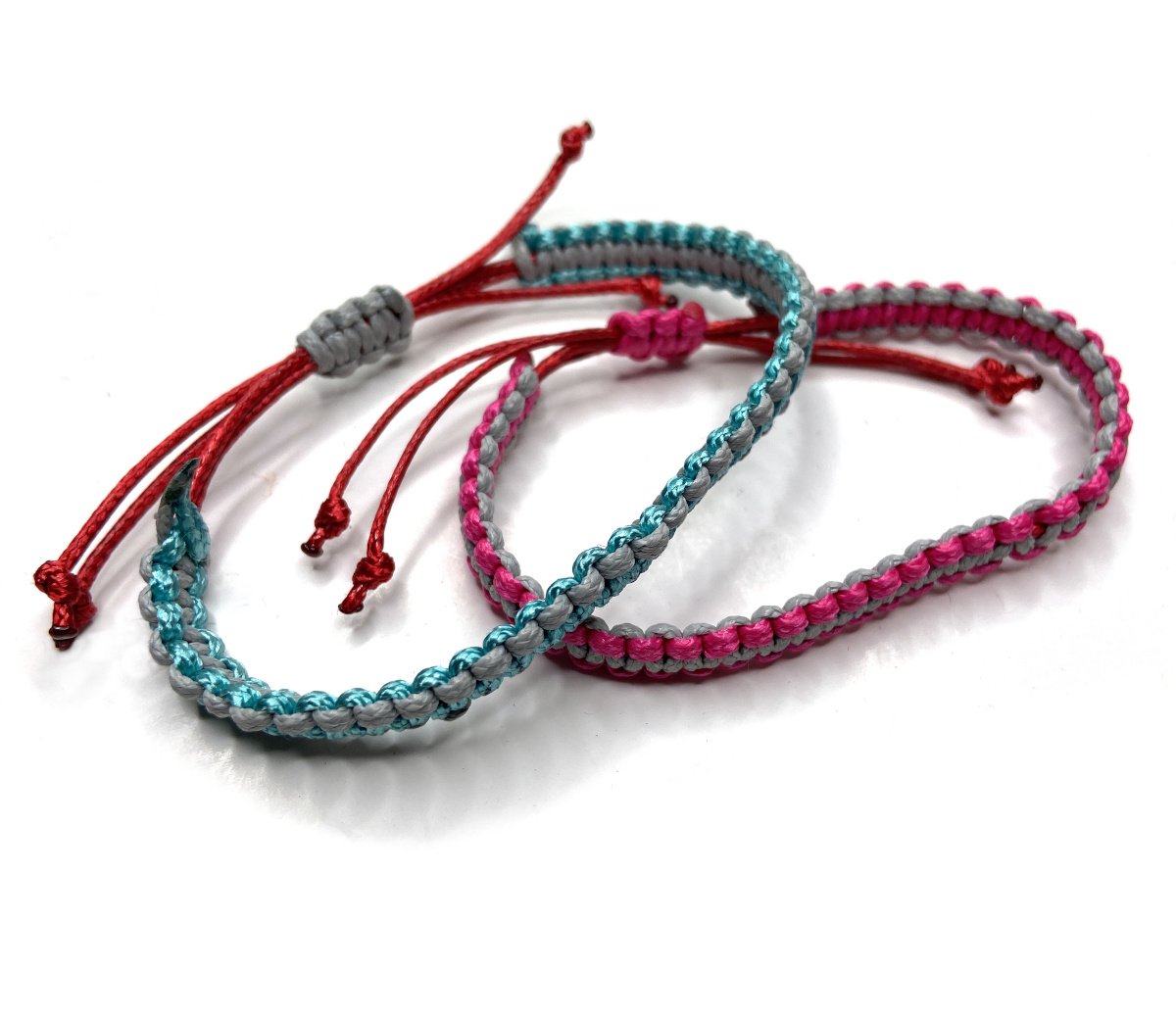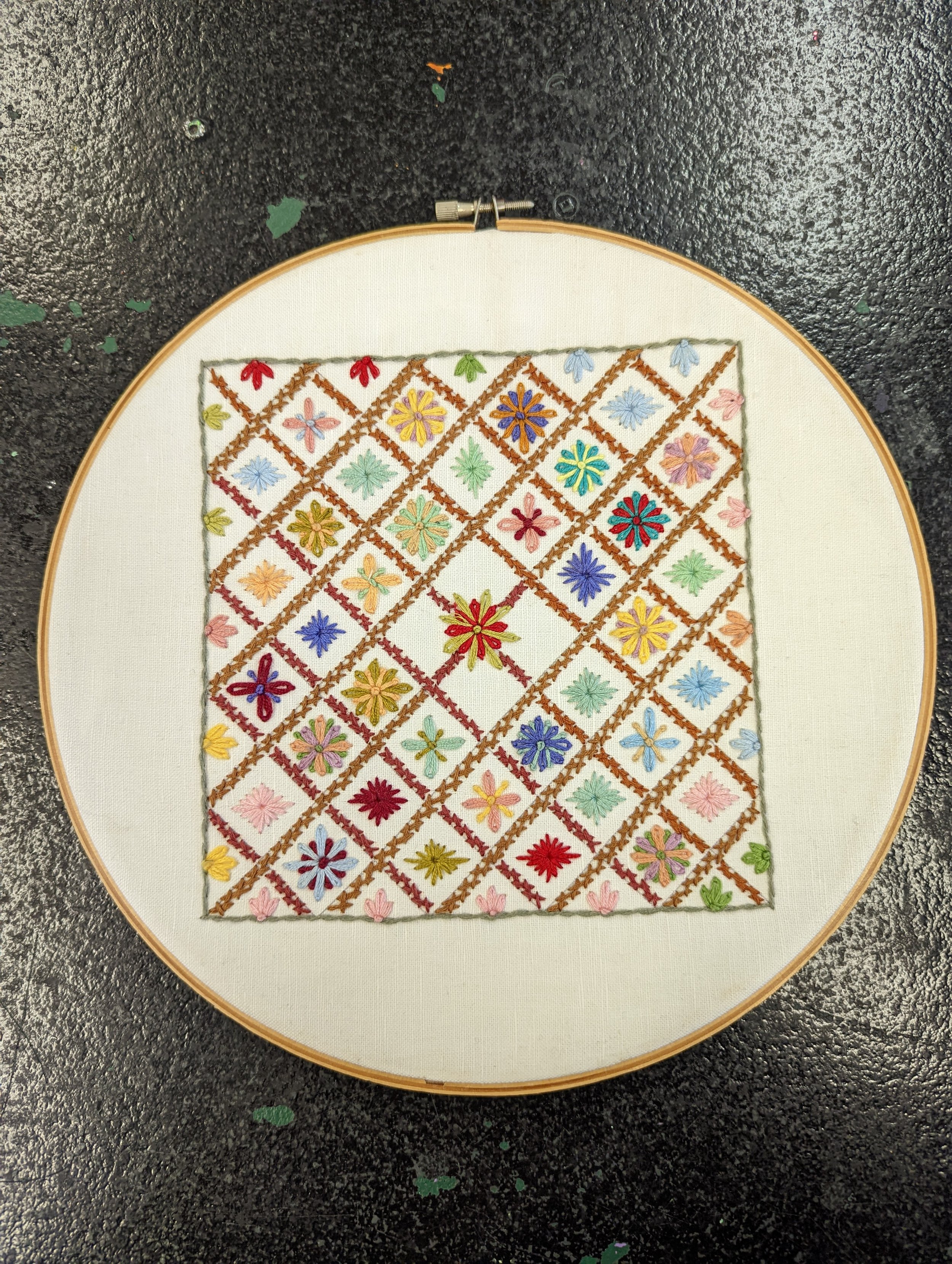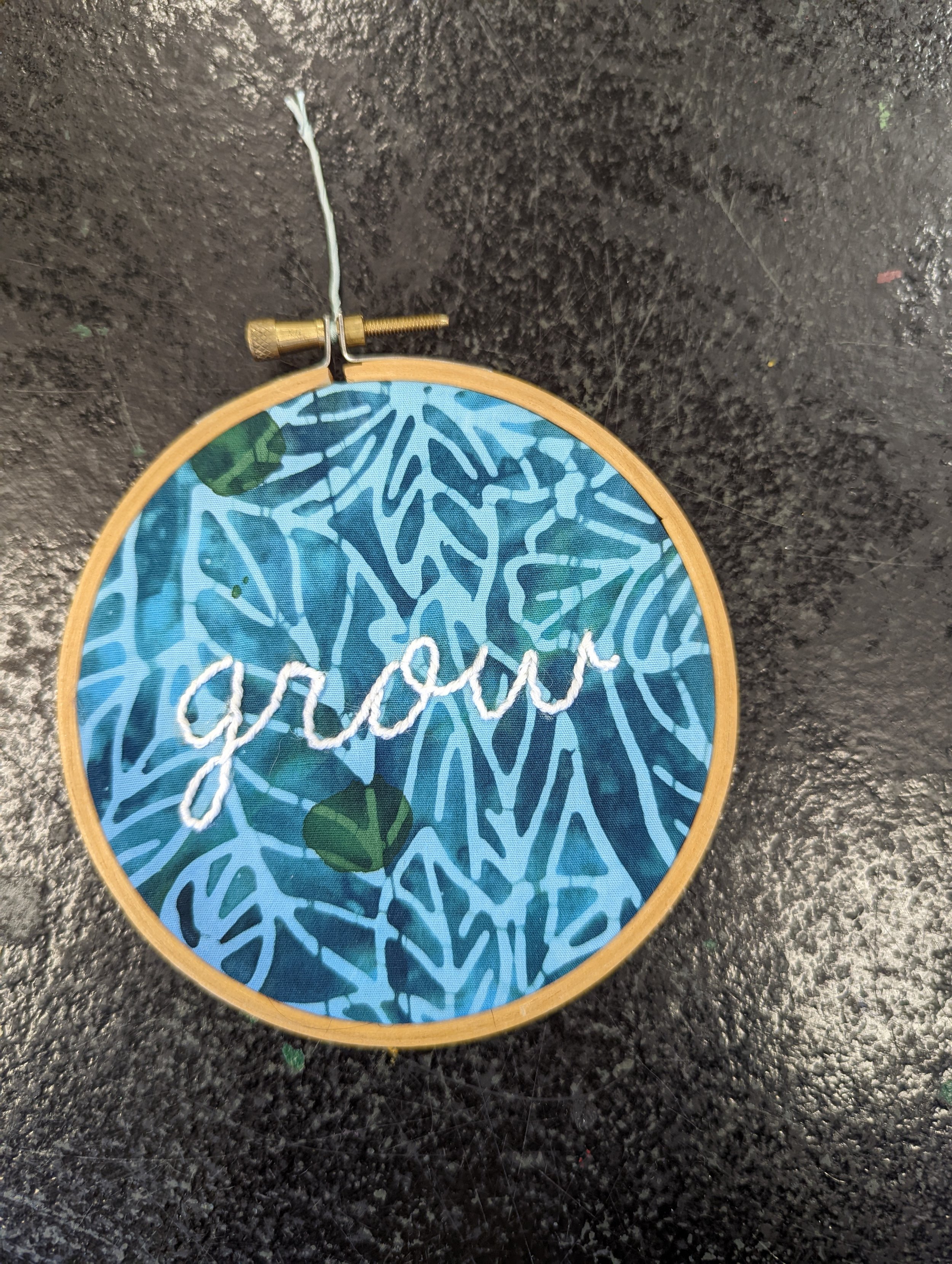Cultural Threads
A Textile Craft Curriculum for Child and Teen/Adult Education
Skills Learned
The Cultural Threads curriculum by Stitch Buffalo establishes a core set of textile art projects/skills that reflect traditional techniques used in many cultures from around the world. These include:
1. Hand Embroidery
2. Block Printing
3. Pom-Pom Making
4. Jump Rope Making
5. Stencil and Appliqué
6. Macrame
7. Weaving
Ages and Cultural Relevance
For each of these disciplines, the curriculum includes three related projects that correspond to different ages and ability levels—beginner (elementary school), intermediate (middle school), and advanced (high school through adult). Each unit identifies the specific skills learned as well as a list of relevant New York State Anchor Standards for the Visual Arts.
We have also provided information on the cultural context of each project, including how people from those cultures are practicing these traditional techniques here in Western New York and how these projects/techniques are relevant to the mission and values of Stitch Buffalo.
Pricing and Capacity
A Stitch Buffalo instructor will come to your location and provide instruction. All supplies are included. Prices start at $225 for one project/session with up to 15 students. Additional fees apply for larger groups, extended class times, and travel more than 30 minutes from the Stitch Buffalo studio.
Most projects can be completed in a single session of 60–90 minutes. Some advanced projects require two sessions. Please see curriculum booklet for details.
We’ll be happy to work with you to determine the best strategy for your group and budget. Click below to contact us and learn more!
Resources
We have compiled a directory of resources with supplemental information on each of the core skills in this curriculum, including several videos from Stitch Buffalo projects and programs. These may help you to engage participants or structure additional content in preparation for the hands-on workshop.
Financial support for the development of this curriculum was provided by
Community Foundation of Greater Buffalo.
